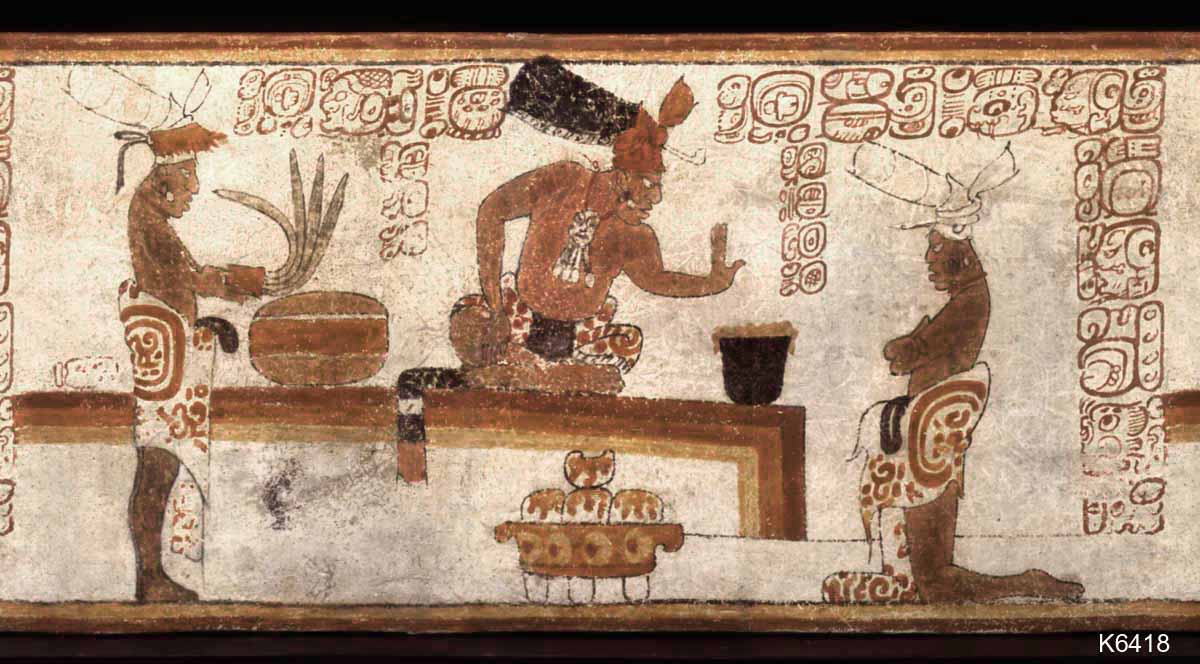For my food blog entry I have chosen to research sushi. Oddly enough, I have tried sushi in the past and did not like it at all. However, I felt, for a number of reasons, that I should like it, and exploring the cultural forces that would lead to someone feeling that way interested me. The conclusion that I reached is that among young Americans, consuming sushi is seen as trendy and cosmopolitan, due to both its foreign origins and its strong connection with modernization and globalization, which will be discussed a bit more later.
Many different dishes fall under the category of sushi; the only thing these dishes truly have in common is the inclusion of vinegared rice. Other ingredients aften include cooked or raw seafood, vegetables, and sometimes tropical fruits. Ginger, wasabi, and soy sauce are commonly served as condiments to accompany the dish. Sushi is most often associated with Japan, but its origins are actually somewhere in southeast Asia as early as the second century AD. As a method of preservation, fish was salted and stored in jars along with cooked rice, which would ferment the fish over a period of months; the rice would be discarded at the time of consumption. This method spread through China and eventually reached Japan around the eighth century. It is here that the dish began to change and eventually reached the form in which it is popularly consumed today. Fermentation time gradually became shorter and shorter, until eventually wrapping partially raw fish in rice was no longer a preservation method, but a new dish that sometimes also included vegetables and dried foods. This became known as haya-zushi, or fast sushi. In the early 19th century, the busy urban environment of Tokyo, known at that time as Edo, led to an increased demand for fast food stalls run by mobile street vendors in order to feed urban laborers. These vendors introduced a new type of sushi, called nigiri sushi, consisting of a mound of rice with a slice of raw fish placed on top of it. When the Toyko earthquake of 1923 displaced many sushi chefs from their homes, this style of preparation was introduced to other parts of Japan.
Two different restaurants, Kawafuku and Tokyo Kaikan, both opened in Los Angeles in the mid-1960s, are most frequently credited as being the first to serve sushi in the United States. It is at Tokyo Kaikan that a chef named Ichiro Mashita invented the California roll, perhaps the most well-known type of sushi today, by substituting avocado for fish when he was unable to find any suitable fresh tuna.
The case of sushi can be seen as an example of extreme globalization, not just in its spread in popularity throughout the world, but also in the global market for bluefin tuna that has sprung up to accommodate it. In the book Sushi: Globalization and the Making of a Modern Delicacy, Shasha Isennberg writes, "In few places are the complex dynamics of globalization revealed as visibly as in the tuna’s journey from the sea to the sushi bar." In speaking of the transportation of tuna from Canada to fish markets in Japan, Isennberg observes,"Sushi had started as a form of preservation, but it was becoming precisely the opposite: a way of using the infrastructure of modernity to chaperone a delicate dish around the world."
Once the fast food of humble laborers, sushi takes on a new meaning today. In Japan, a ten year apprenticeship is required before one can become a sushi chef; making sushi is treated with the precision of an art form, and reservations at renowned sushi restaurants are made months in advance. Of course, sushi is also widely available to the public, available at takeout restaurants and even sold prepackaged in grocery stores. In America, consuming even this less prestigious seeming sushi is seen as a marker of cosmopolitanism and status; in 2007, columnist Jay McInerney called nigiri sushi in New York City "the signiture forage of the Young Urban Professional." "To eat sushi," adds Issenberg, "is to display an access to advanced trade networks, of full engagement in world commerce."
References:
Issenberg, Sasha
2007 The Sushi Economy: Globalization and the Making of a Modern Delicacy. New York: Penguin.
McInerney, Jay
2007 Raw. New York Times, June 10.
Wikipedia. "History of Sushi." Last modified 28 July 2014. <
http://en.wikipedia.org/wiki/History_of_sushi>




